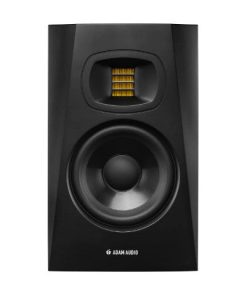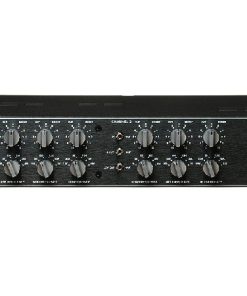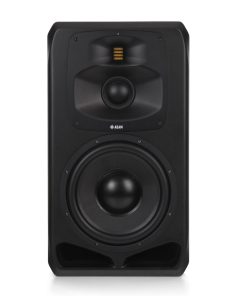Arturia B-3 V License – TONEWHEEL ORGAN HEAVYWEIGHT Arturia
$ 149,00 $ 59,60
B-3 V is the most authentic and soulful software emulation of the legendary tonewheel organ and rotary speaker available today. It puts all the classic sound plus a slew of state-of-the-art sonic extras at your fingertips.
The ultimatevirtual organ
B-3 V captures all the grit, grind, and greatness of the classic tonewheel organ and rotary speaker, then adds modulation, FX, and sound design options perfect for modern music.
Vital to rock, jazz, gospel, R&B, soul, reggae, and house, the iconic organ could go from gentle to roaring on a dime. Players carried the 400-pound beast to gigs. Any serious studio had to have one. With B-3 V, you’ll have all the character and attitude of the genuine article in a form that fits seamlessly into today’s musical workflows.
Yesterday, Meet Tomorrow
First things first: B-3 V takes this organ’s incredible legacy seriously. But the power of software also performs tricks you couldn’t dream of on the original.
Absolutely Authentic
We’ve precisely modeled the tonewheel organ’s components and how they interact using the same TAE® technology as in our award-winning V Collection, resulting in an instrument that not only sounds but behaves just like the real thing.
Whisper to Scream
Craft lilting ballad tones or pull more drawbars, crank up the tube preamp drive, and rock out. B-3 V delivers.
’Round in Circles
The rotary speaker is a crucial part of the spacious sound we know and love, and B-3 V’s built-in emulation reproduces it with unparalleled accuracy.
Stage and Studio
Record tonewheel tracks that fit perfectly in your project mix or take advantage of B-3 V’s CPU efficiency onstage. (Warning: Keyboardists in the crowd will demand to know what you’re playing!)
The muscle car ofkeyboards
“That sound” even non-musicians recognize. Loved by jazz greats Jimmy Smith and Shirley Scott; rockers Keith Emerson, Yes, Deep Purple, and Santana; and soul giant Booker T. Jones.
A staple of reggae. The bassline on countless house tracks. And it was never supposed to be any of that.
The creators of the tonewheel organ saw it as the centerpiece of the family living room and a solution for churches that could not afford pipe organs. The world had larger plans.
The tonewheel organ was the brainchild of clockmaker Laurens Hammond and inventor John Hanert, who together released the first version in 1935. The most recognizable and sought-after model, the B-3, had an amazing production run from 1954 to 1974.
Prompt Delivery and Professional Packaging
Our long-standing partnership with UPS FedEx DHL and other global carriers lets us offer a range of shipping services. Our warehouse staff is extremely skilled and will package your items according to our precise and exact specifications. Your goods will undergo an extensive inspection and be safely packaged prior to being sent out. Each day, we ship to thousands of customers in many countries. The fact that we are committed to becoming the biggest online retailer in the World is clear. These warehouses are in Europe in the same way as they are in USA.
Note: Orders that include more than one item are assigned a processing period depending on the item.
Before shipping, we will inspect thoroughly the items you have ordered. Most orders are shipped within 48 hours. Expected delivery time is between 3-7 days.
Returns
Stock is dynamic. It's not entirely managed by us since we are involved with multiple entities, including the factory and the storage. The actual stock can change at any moment. It is possible that your order may be out of stock once the order has been placed.
Our policy lasts for 30 days. We cannot exchange or refund your order if it has been 30 days from the date of purchase.
For your item to be returned it must be in its original packaging, unopened and in the condition you received it. The item must be in its original packaging.
Related products
Monitor
Accessories
Recording Equipments
Monitor Systems
Recording Equipments
Accessories
Microphones
500 Series
Accessories
Mic Preamp
Equalizers
Headphones
Monitor
Recording Equipments
Microphones
Monitor Systems
500 Series
Monitor
Monitor
Monitor Systems
Equalizers
Recording Equipments
500 Series
Microphones
Headphones






























































